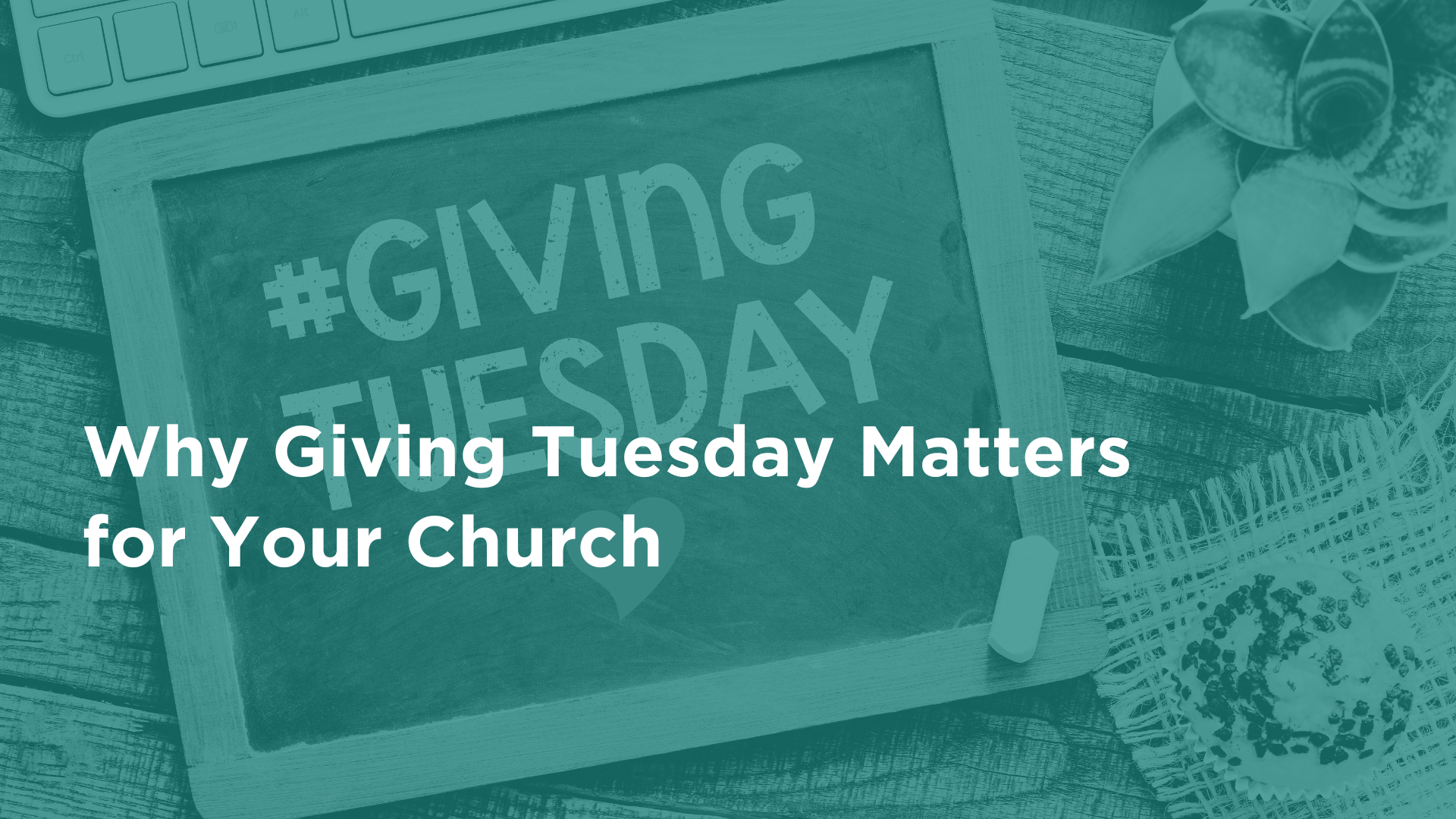Giving Across Generations: How Your School or Nonprofit Can Navigate Shifts in Giving Behavior
There’s no rest for the weary nonprofit development leader or Christian school advancement officer. Just when you’ve completed your fiscal year-end campaign—or your fall fundraising for school!—you’re right back in the sandbox scratching out your end-of-year campaigns.
Over the years, you’ve probably implemented some strategies and tactics that have moved the needle somewhat. However, your gut is telling you that there’s more giving opportunity than what you’ve been able to harness. You know impact and giving go hand in hand, yet your efforts to help move people from spectator to donor haven’t taken off.
What would it mean to your Christian school or college — or your faith-based nonprofit organization — if you had an inside track on giving behavior across generations, from Boomers to Gen Z?
Earlier this year the Giving USA Foundation released a report on giving by generations that sheds light on the shifts we’re seeing in giving by age groups. It contains valuable information that sheds light on the shifts we’re seeing in giving across generations. Some insights gave the Generis team pause as we considered the implications of the findings. We’ve read through the report and distilled the biggest takeaways and insights to share.
It’s important to understand the context of the study on which these findings are based. The study compares data from surveys in 2016 and 2022 of approximately 1,400 donors who have given at least $20 to charity in the prior year. The survey generated statistically significant responses from each generation — Gen Z, born between 1997 and 2012; Millennials, born between 1981 and 1996; Gen X, born between 1965 and 1980; and Boomers, born between 1946 and 1964.
Let’s dive in. We want to help you understand the current giving and donating landscape and what it means for your faith-based nonprofit, Christian school, or Christian college. Provided in each section are questions to think through as you consider these data-driven insights.
1. The rise of Millennials as a generational force in philanthropy
- Millennial donors increased their giving from 2016 to 2022 by 40%.
- Gen X donors gave $323 (34%) more than Millennials in 2016 whereas they are now giving $103 less.
- Millennials are volunteering the most hours per year of any group.
- Millennials, according to this study, are the only generation to have increased attendance at worship services since 2016.
- Millennials are more likely to respond to direct mail now than they were in 2016 with nearly 6 out of 10 (59%) saying that they are somewhat likely or very likely to respond.
- In fact, Millennials are now the most likely generation to respond to direct mail as well as email appeals.
Think on this: What does your faith-based nonprofit or Christian school offer to your Millennial audience? How are you reaching 27- to 42-year-olds whose interests lie in education or in the focus of your nonprofit and your surrounding area?
2. Volunteering is decreasing at every age level but drastically so at the Boomer level
Boomers decreased their number of hours per year of volunteering by 49%. This has to be partly a result of the Coronavirus Pandemic, especially since they were the leading volunteer group in 2016.
Think on this: What are some ways you can involve Boomers in your nonprofit or Christian School? How can you help them in their stage of life? Think about what Boomers need as they age. Many need responsibility, as much of theirs has diminished with their retirement and growth of their children into adults with kids of their own. Give Boomers something to do a reason why it matters that they do it.
3. Donors are still giving to religion but not necessarily to churches only
- Places of worship are the primary giving priority of each generation.
- However, both Gen X and Millennials have decreased their giving to places of worship and shifted their giving to faith-based organizations and healthcare charities. Millennials, for example, are down $136/year (31%) to places of worship but up $137/year (130%) to faith-based charities and $126/year (406%) to nonprofit hospitals.
- The 41% drop in giving by Gen X to places of worship is significant. But they increased their giving to faith-based orgs by 51%. So their giving isn’t necessarily “non-religious,” but just distributed more broadly than places of worship. Yet, the total given to both places of worship and faith-based orgs by Gen X has decreased by $251/year.
- Noticeably, education was not a top-three priority of any generation except Boomers.
- Gen Z—the youngest generation—was the most likely group to give more to faith-based charities and places of worship in the coming year. And the likelihood decreased as the generations got older.
Think on this: If you’re an advancement leader at a Christian school, what can you do to show the impact your unique context is having on future generations? If you’re a development leader for a faith-based nonprofit, consider highlighting the life-changing effect your organization is making to young and old alike. What programs could you start or events could you host that would better engage participation by Millennials and Gen X? What messaging do you need to reposition or elevate to draw attention to the long-reaching impact your school or organization is having in its community and in the world? Share with them why your school or organization matters to the things they care about.
4. Direct mail isn’t dead, especially for Boomers, but email is increasingly important
- Direct mail motivates giving online, especially in Boomers. And giving online is the preferred method of responding to a direct mail appeal by a plurality of donors from each generation except Boomers.
- Direct mail motivates older donors to give more than younger givers whereas emails are more likely to motivate a gift the younger the donor is.
- In fact, every generation, except for Boomers, is more likely to respond to an email over a direct mail appeal.
Think on this: Besides a newsletter, how are you engaging your community in growing their generosity and giving through email or direct mail pieces? How can you integrate email and direct mail organically into your communications plan?
5. Mobile-first for online giving is even more important now and going forward
- On average, US cell phone users touch their phone 2,617 times every day (!) and spend an average of 2 hours and 25 minutes on their phones per day.
- Smartphones are used across generations at very high rates while the use of desktop computers has dropped from 55% in 2016 to 44% in 2022.
- Every generation is making more online gifts per year in 2022 than they did in 2016 with Gen Z leading the way with an average of 11.4 gifts per year, and Boomers are next with 8.3 gifts per year.
- In 2016, 25% of donors made online gifts via smartphone or tablet. In 2022, that percentage jumped to 38%!
Think on this: When was the last time you critically reviewed your website, specifically your giving page? How can you initiate and promote digital giving in your organization’s communications between staff, to your donors, to your students, in your emails, on signage, etc.?
6. More communication is better (and desired!), and websites are extremely important in motivating a gift to an organization
- When asked what prompted their gift, the most influential thing for every generation except for Boomers, was something donors saw on the charity’s website.
- The younger the donor, the more likely social media will play a role in their giving. And giving an online gift in response to a text message is growing among all generations.
- 40% of donors surveyed in 2016 wanted to receive at least monthly communications from the charities they support. The number increased to 44% in 2022.
- Noticeably, the younger the donor, the greater the desire for the frequency of direct mail and communications (email, text) in general. And 74% of Gen Z donors would welcome a physical mailing at least monthly from the charities they support.
- Generally, all generations expressed an increased desire to receive a monthly text from the charities they support, with 80% of Gen Z donors expressing that desire.
- 45% of all donors surveyed said they would welcome at least monthly text messages, which is up from 28% in 2016.
- Social media, not surprisingly, is more likely to motivate a response from younger donors than from older donors.
Think on this: How many giving options do you offer your supporters? Do your digital communications — including website, social media, email, texts, etc. — provide an authentic representation of your Christian school’s or faith-based nonprofit’s culture? Is it evident that you’re making an impact in the lives of others? Do you have a multi-channel communications strategy where various platforms are scheduled and being leveraged to meet these different groups?
Additional Giving Takeaways from the Report by GivingUSA
Occasional giving is still favored over monthly giving except by Gen Z, and the popularity of monthly giving decreases with subsequent generations.
Think on this: How can you educate and motivate givers to establish a recurring giving rhythm? How can your Christian school or faith-based organization make recurring giving easy?
A majority of all donors (61%) believe charities are doing a good or excellent job—a percentage consistent with 2016 survey results. Donors believe more strongly now than in 2016 that charities are more effective than the government in delivering important services.
Think on this: Do givers see your faith-based nonprofit or Christian school as a vital service provider to its community? How can you share the impact your school or organization is having — in its community and in the world — in a compelling way?
64% of donors say that a matching gift is likely to motivate a gift, with Millennials more likely to be motivated by a match than the average donor.
Think on this: What seasons in your school’s or nonprofit’s calendar lend themselves well to matching gifts (e.g., Giving Days)? Have you identified high-capacity givers who would be willing to provide this opportunity?
Shifts and Changes Are Happening Around Us
The question is — after studying these results: What are you as a school or nonprofit leader going to do with this information? This could be a monumental year of giving for your faith-based nonprofit. For Christian schools, this could be the year that endowments get funded or scholarship dollars support more kids. For faith-based nonprofits, this could be the year to expand your most impactful program or institute a robust recurring giving initiative. It’s up to us to decide to make a change and embrace this new landscape of giving by providing impactful storytelling and service opportunities that engage and compel donors across generations.
Share this
You May Also Like
These Related Stories
.png)
Saying More With Your Annual Giving Statement: Inspire, Connect, and Transform

Nurturing New and Emerging Givers in the Church


Comments (2)